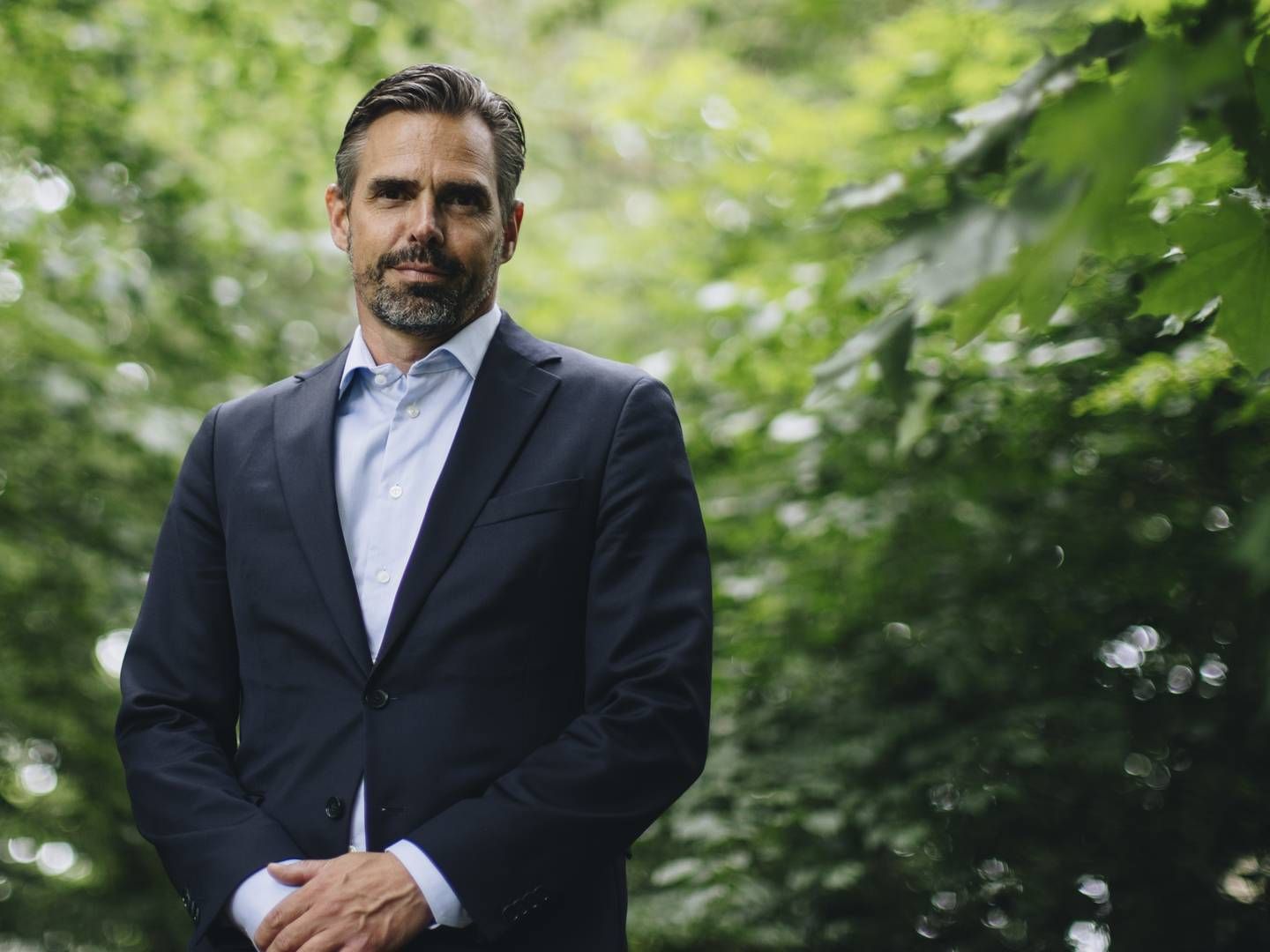ATP and Sampension stick to factor investing despite turbulent times

The past two and a half years have been challenging to navigate for pension funds using factor investing, as the market dynamics have changed significantly.
Last week, CFA Society Denmark held a seminar titled Factor investing and an eternally unpredictable economic world order to dive further into this topic.
Speakers included Philip Jagd, head of equities at Sampension and Christian Kjær, head of liquid markets at ATP. They both talked about how their respective pension funds are working with factor investing and how they have experienced this firsthand, first during the Covid-19 crisis and subsequently during the turbulent markets in 2022.
During their presentations, neither investment professional hid the fact that factor investing had proven more challenging to navigate during turbulent times. Still, they both stated that they are convinced factor investing is the way to go.
”I believe factor investing is the right approach. Even though it’s difficult, that doesn’t mean you shouldn’t do it. We have a much better understanding of our portfolio now,” Kjær said.
Improved understanding
One of ATP’s key lessons learned working with the factor approach is to keep factors clean.
For instance, equity risk and credit risk are roughly the same, and Spanish government bonds don’t work particularly well in ATP’s interest rate factor. As such ATP believes that the factor approach has improved their understanding of portfolio risks.
”Just because it’s not perfect doesn’t mean you shouldn’t try. Don’t let perfect get in the way of better. It hasn’t solved all of our problems, but I believe it’s better than before,” Kjær said.
At Sampension, Jagd emphasized that he still believes that factor investing provides an efficient method to pick up real risk premiums. But exactly because it involves real risks, it is important to implement correctly on a factor level as well as on the portfolio construction level when combining many sorts of risks:
”Even if we attempt to be clever in constructing individual factors, we are cognizant of the fact that the future will be different than the experienced history – for better and for worse. We are humble about expected tails of the return distributions as well as possible correlations to other risk and we size factor exposures accordingly. Covid clearly showed that factor returns can be outsized and that they may correlate with other exposures in the portfolio,” Jagd explained.
Turbulent year
As with other pension funds, Sampension and ATP have felt the results of the turbulence on their returns. Year-to-date, a 45-year-old pension saver with a moderate risk profile at Sampension has had a negative return of 8.2%.
At Danish labor market state fund ATP, returns are calculated in a different way.
As described by AMWatch, the value of ATP’s guaranteed pensions fell by DKK 196.3bn (EUR 26.4bn) in the year’s first three quarters due to the rising interest rates. ATP hedges its guarantees, which, in the same period, generated negative returns (after tax) of DKK 202.8bn (EUR 27.3bn).
ATP’s assets under management are split into two – the hedging portfolio, which is tasked with ensuring that ATP can always live up to its commitments to pensioners, and the bonus potential, which aims to secure returns through the investment portfolio, which can be invested in riskier assets.
The bonus potential uses gearing by borrowing money from the hedging portfolio. During the first three quarters of 2022, the investment portfolio had lost 45.2% or DKK 72.8bn (EUR 9.8bn).
Fewer strategies at PFA: We don’t need to do it all, says CIO
Finance professor calls for rethinking the ATP model after ”terrible figures”















